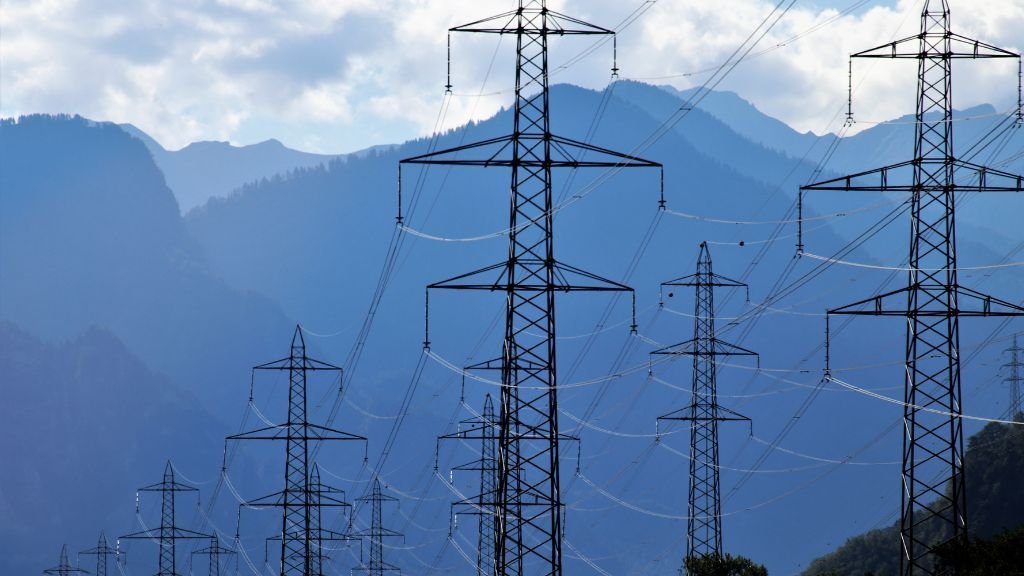2023 Electricity Rate Increase: How Much Per kWh? Summer Electricity Calculation & Taipower Estimati

2023 Electricity Rate Increase: How Much Per kWh? Summer Electricity Calculation & Taipower Estimati
Taiwan's electricity supply and demand are becoming increasingly strained. To cope with rising costs and reduce carbon emissions, Taipower has announced an electricity rate increase starting January 2023. This is a significant burden for both individuals and businesses. So, how much will electricity rates increase in 2023? How will summer electricity usage be calculated? This article will explain Taipower's new pricing scheme and provide a simple method for estimating your electricity bill.
Taipower's New Pricing Scheme
According to Taipower's announcement, the new pricing scheme for 2023 is divided into three categories: residential users, non-residential users, and high-voltage users.
Residential Users
The new scheme for residential users adopts a "progressive" pricing model, meaning the price per kilowatt-hour (kWh) increases with usage.
- First tier (0-120 kWh): NT$2.5 per kWh;
- Second tier (121-330 kWh): NT$4.5 per kWh;
- Third tier (331-500 kWh): NT$6.5 per kWh;
- Fourth tier (501-700 kWh): NT$8.5 per kWh;
- Fifth tier (above 701 kWh): NT$10.5 per kWh.
Compared to the current scheme (0-120 kWh at NT$2.1 per kWh; 121-330 kWh at NT$3.02 per kWh; 331-500 kWh at NT$4.39 per kWh; 501-700 kWh at NT$5.44 per kWh; above 701 kWh at NT$6.16 per kWh), the average increase is about 20%.
Non-Residential and High-Voltage Users
Non-residential and high-voltage users will adopt a "time-of-use" pricing model, charging different rates based on the time of day and the power and energy used.
- Peak period: Weekdays from 8 AM to 6 PM;
- Off-peak period: Weekdays from 6 PM to 10 PM and holidays from 8 AM to 10 PM;
- Low-peak period: Weekdays from 10 PM to 8 AM the next day and holidays from 10 PM to 8 AM the next day.
Non-residential users are charged a Unit Service Load (USL) fee for power used during peak periods, and a Basic Service Amount (BSA) fee for power used during off-peak and low-peak periods. Energy used at any time is charged an Energy Amount (EA).
According to Taipower's data:
- USL is NT$1,000 per kVA/month;
- BSA is NT$500 per kVA/month;
- EA is charged per kWh.